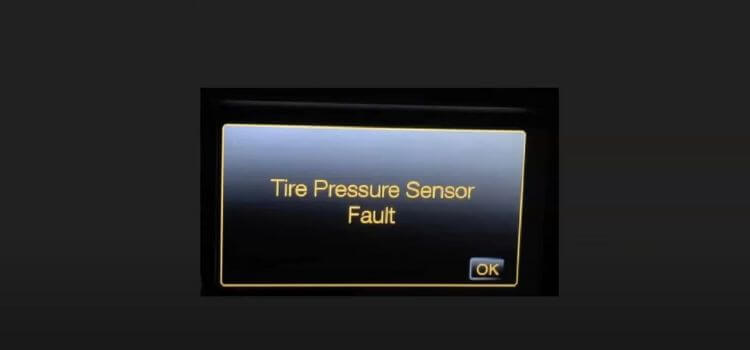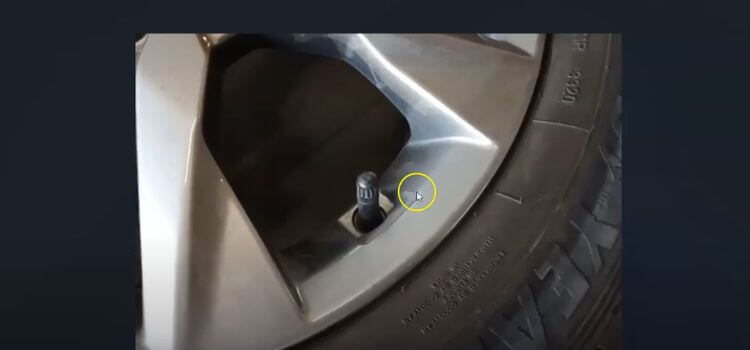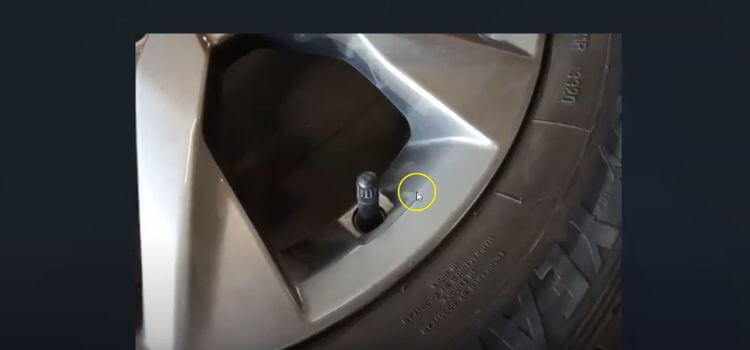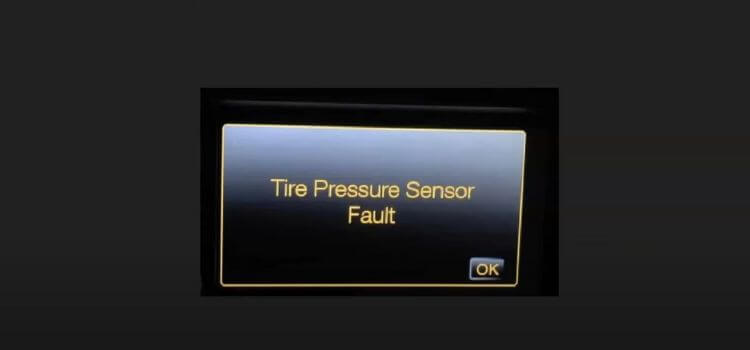As an Amazon Associate, I earn from qualifying purchases
If you’re experiencing issues with your tire pressure sensor, it’s important to address it as soon as possible to ensure the safety and performance of your vehicle. This post will provide you with step-by-step instructions on how to diagnose and fix a tire pressure sensor fault, saving you time and money on unnecessary repairs. Whether it’s a simple reset or a more complex issue, we’ll guide you through the process to get your sensor working properly again.

Check the tire pressure
If you are experiencing a tire pressure sensor fault, there are a few steps you can take to fix it. First, check the tire pressure of all your tires to ensure they are at the proper level. You can also reset the tire pressure monitoring system to see if that resolves the issue. If the fault persists, it may be best to consult with a professional mechanic to diagnose and fix the problem.
Inspect the tire pressure sensor for damage

Inspecting the tire pressure sensor for damage is an important part of maintaining your vehicle’s safety and performance. If you notice any signs of damage, such as cracks or corrosion, it’s essential to address the issue promptly to ensure the proper functioning of your tire pressure monitoring system.
Reset the tire pressure monitoring system
The tire pressure monitoring system (TPMS) is a crucial component of your vehicle’s safety and performance. If you notice the TPMS warning light on your dashboard, it’s important to reset the system to ensure that your tires are properly inflated. It’s important to regularly check and adjust your tire pressure to the recommended levels to avoid potential issues such as poor fuel economy, uneven tire wear, and reduced traction. By resetting the TPMS and keeping your tires properly inflated, you can ensure the safety and performance of your vehicle.
Replace the tire pressure sensor if necessary
If your tire pressure sensor is faulty, it may be necessary to replace it. You can do this by following the steps provided in your vehicle’s manual or by taking it to a professional mechanic who can replace it for you. It’s important to address any issues with your tire pressure sensor to ensure the safety and proper functioning of your vehicle.
Test the sensor to ensure it is working properly

To test the sensor, you can start by checking the tire pressure to ensure it is at the proper level. If the sensor is still not working properly, you may need to reset or recalibrate the sensor. If the issue persists, it may be necessary to bring the vehicle to a professional mechanic to further diagnose and fix the problem with the tire pressure sensor.
Consult a professional if the issue persists

If you are experiencing constant issues with your tire pressure sensor, it is important to consult a professional to properly diagnose and repair the problem. While there may be temporary fixes you can try, such as resetting the sensor or checking for any visible damage, a professional will have the expertise and tools to accurately identify and address the issue.
FAQ
A tire pressure sensor fault can be caused by a variety of factors, such as a malfunctioning sensor, low tire pressure, or a damaged sensor.
The first step is to check the tire pressure in all of your tires and inflate them to the recommended level. If the warning light persists, you may need to reset the tire pressure monitoring system or replace the faulty sensor.
The cost of fixing a tire pressure sensor fault can vary depending on the cause of the issue and whether you choose to do it yourself or take it to a professional.
A tire pressure sensor fault can affect your vehicle’s performance by causing inaccurate tire pressure readings, which can impact your driving experience and safety. It’s important to address any sensor faults promptly.
Conclusion
if you’re experiencing a tire pressure sensor fault, the first step is to check the tire pressure and inflate or deflate as needed. It’s important to address this issue promptly to ensure the safety and performance of your vehicle. If you’re unsure how to proceed, it’s best to consult a professional mechanic for assistance.
As an Amazon Associate, I earn from qualifying purchases
Leave a Reply